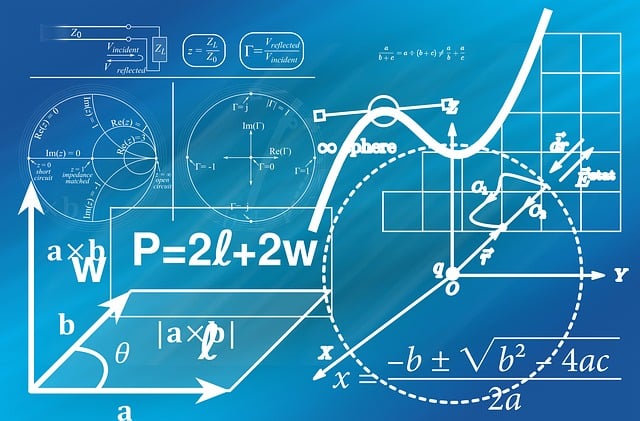In the realm of statistics and data analysis, distributions play a pivotal role in understanding and interpreting data. Among these, the normal distribution, also known as the Gaussian distribution, is a fundamental concept. However, not all data adheres to the characteristics of a normal distribution. In this article, we will explain what a normal distribution is, how it differs from a non-normal distribution, and the techniques used to transform a non-normal distribution into a normal one for more meaningful analysis.
The Normal Distribution
The normal distribution is a symmetrical probability distribution that is characterized by a bell-shaped curve. In a normal distribution, the data is centered around a mean (average) and follows a specific pattern of spread and dispersion. The key features of a normal distribution include:
- Symmetry: The distribution is symmetric, with the mean, median, and mode all at the center of the distribution.
- Bell-Shaped Curve: The majority of data points cluster near the mean, with fewer data points in the tails, resulting in a distinctive bell-shaped curve.
- Mean and Standard Deviation: The mean and standard deviation determine the shape and spread of the distribution. About 68% of the data falls within one standard deviation from the mean, 95% within two standard deviations, and 99.7% within three standard deviations.
- Z-Scores: Z-scores, which represent the number of standard deviations a data point is from the mean, can be used to make comparisons across different normal distributions.
Non-Normal Distributions
Not all data follows the characteristics of a normal distribution. Non-normal distributions can take various forms, including:
- Skewed Distributions: Skewed distributions are asymmetrical, with data points clustering to one side of the mean. They can be positively skewed (skewed to the right) or negatively skewed (skewed to the left).
- Heavy-Tailed Distributions: Heavy-tailed distributions have more data points in the tails, leading to a fatter or heavier tail compared to a normal distribution.
- Bimodal or Multimodal Distributions: These distributions have multiple peaks, indicating multiple modes in the data.
- Outliers: Outliers, extreme data points that deviate significantly from the rest of the data, can lead to non-normal distributions.
Transforming Non-Normal Distributions into Normal Ones
While the normal distribution is a convenient and powerful model for data analysis, many real-world datasets do not follow this ideal pattern. However, transforming non-normal distributions into normal ones is possible, allowing for more accurate and reliable statistical analysis. Here are some techniques to achieve this transformation:
- Logarithmic Transformation: When data is positively skewed, taking the logarithm of the values often reduces the skewness and transforms the distribution towards normality. This is particularly useful for data with exponential growth patterns.
- Square Root Transformation: Similar to logarithmic transformation, taking the square root of data can reduce skewness, especially for data with a non-constant variance.
- Box-Cox Transformation: The Box-Cox transformation is a family of power transformations that can stabilize variance and reduce skewness. It is defined as:
y′(x)=(y(x)λ−1)/λy′(x)=(y(x)λ−1)/λ
Where y′(x) is the transformed data, y(x) is the original data, and λ is a parameter that minimizes skewness.Other popular methods include:
- Inverse Transformation: The inverse transformation (y′(x)=1/y(x)y′(x)=1/y(x)) can be applied to data with a reciprocal relationship, effectively reducing skewness.
- Winsorizing: Winsorizing involves replacing extreme values (outliers) with values close to the data’s lower and upper limits. This helps mitigate the impact of outliers and makes the distribution more normal.
- Rank Transformation: Transforming data into ranks or percentiles can help remove the impact of outliers and deviations from normality.
- Data Stratification: Splitting the dataset into subgroups based on certain characteristics and analyzing each subgroup separately can help deal with non-normal data.
- Data Smoothing: Data smoothing techniques, such as moving averages or kernel density estimation, can reduce the impact of noise and make the distribution more normal.
It’s important to note that the choice of transformation method depends on the nature of the data and the specific analysis objectives. Moreover, transforming data into a normal distribution may not always be necessary, especially when robust statistical methods can be applied to non-normal data.
